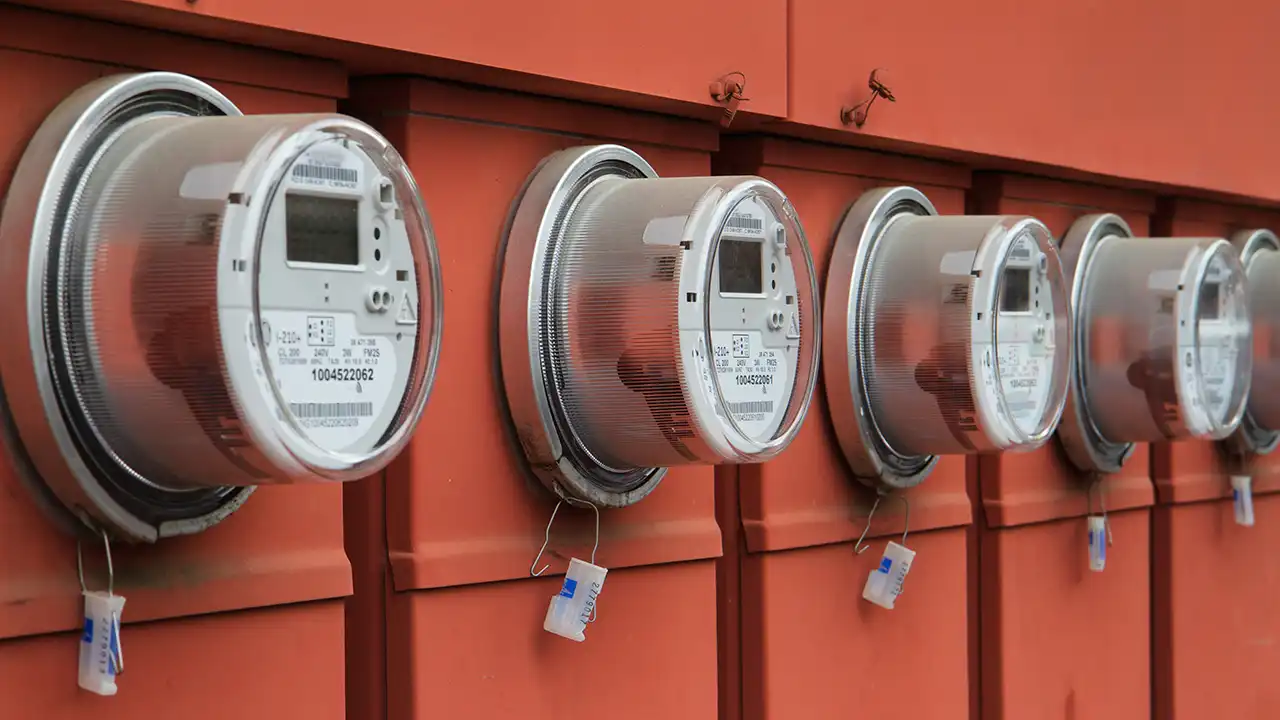(This is a contributed guest column. To be considered as an MJBizDaily guest columnist, please submit your request here.)

Electricity costs are the second-largest operational expense for indoor cultivation facilities – right after labor.
If you’re like most indoor growers, you might cringe at the sight of your utility bill, pass it off to accounting and hope for the best.
However, with the right insight, utility bills contain the potential to unlock cash returns – plus ongoing savings for years to come.
Indoor agriculture is a bit of a mystery for electric utility companies; working in a newer industry with unique operational models, cannabis growers are especially susceptible to utility errors that lead to overpayment.
The most common mistakes that lead growers to overpay include:
1. Rate-classification errors
Rate classes determine how much you are charged for electricity.
Many cultivators are assigned the rate class of the previous tenant or placed in the wrong category by utility staff unfamiliar with the nuances of indoor agriculture.
With commercial and industrial rates, the more you use, the less expensive your energy is.
Most of our clients use significantly more electricity than the previous tenants.
Utilities generally don’t have automatic triggers to identify when rate changes are necessary, and customers can get stuck in the wrong rate class for years.
“Small commercial” is a rate many utilities use for warehouses.
However, when cultivators depend on electricity for producing a product or food, they are eligible for a lower “manufacturing” or “agricultural” rate (names vary between utilities).
Fix: Double check with your utility that you’re on the correct rate class.
We’ve worked with cultivators who have switched rates and saved tens of thousands of dollars each year; others have received refunds of $200,000-$300,000.
2. Power supply pitfalls
In deregulated states, cultivators may select a gas or electric supplier; prices and terms vary wildly.
“Deregulated states” allow users to select their gas or electric supplier similarly to how you choose a cell phone carrier.
These include Illinois, Massachusetts, New Jersey, New York, Ohio and others.
Independent brokers can help you understand the best options, but beware, they also can lead you astray because it benefits them.
Many cultivators inherit contracts from previous tenants and don’t reevaluate them.
Once, an East Coast client asked us to review a supply contract they were preparing to sign.
Their broker (inherited relationship) did not provide options and asked them to sign a long-term power contract at a fixed energy price.
We helped determine that the contract would have cost them $800,000 more than an alternative.
Fix: Do not automatically renew contracts or inherited broker relationships if you’re in a deregulated state.
3. SBC charges
Most utility bills include societal benefits charges (SBC) that fund renewable energy and efficiency programs.
You want to see this on a bill for future business flexibility.
Opting out of paying societal benefit charges is sometimes an option for large, industrial customers.
This might seem like a quick way to save, but it will cost cultivators big in the long run.
One client inherited an electric bill opting out of a small SBC charge each month.
When purchasing new equipment, the client learned it could not receive a $500,000 incentive to upgrade its fixtures because it hadn’t been paying the SBC charge.
Fix: Inquire about SBC charges if you don’t see any on your utility bill – especially if you have inherited a meter – and always opt to pay SBC charges.
4. Dynamic rate misses
Electric rates can fluctuate by time of day and volume of electricity used.
Indoor cultivators can avoid peak pricing and leverage predictable energy patterns to their advantage.
Utilities appreciate this predictability and, when they see such patterns highlighted, might offer benefits for growers that alter or commit to certain usage.
Understanding your load profile on an hourly basis will allow you to “load shape” and pay less for the energy you use.
Be sure your operations and finance teams understand the differences between demand and energy (kilowatt hours), peak and off-peak rates, and how those translate to your energy bills.
Other growers are assigned a time-of-use rate and unknowingly are operating at a much more expensive time of day.
One of our clients turned fixtures on (and off) two hours earlier each day and saved $10,000 on its utility bills each month.
Fix: Adjust electric use times to access better rates and advocate to your utility for special programs catered to your predictable use.
2024 MJBiz Factbook – now available!
Exclusive industry data and analysis to help you make informed business decisions and avoid costly missteps. All the facts, none of the hype.
Featured inside:
- Financial forecasts + capital investment trends
- 200+ pages and 49 charts highlighting key data figures and sales trends
- State-by-state guide to regulations, taxes & market opportunities
- Monthly and quarterly updates, with new data & insights
- And more!
5. Mischarged tax
Manufacturing or agricultural businesses might be exempt from certain taxes on utility bills.
Most utility bills include a variety of taxes.
Although some are necessary, as noted above, cultivators are especially susceptible to misclassifications, which include associated taxes.
We’ve seen customers overpaying taxes by as much as $8,000 per month.
At least 11 states, including Colorado, Minnesota, Missouri and Utah, have sales tax exemptions for indoor cultivators.
Fix: Find out if you operate in a state with agricultural and manufacturing utility tax exemptions; if so, advocate to remove (and reimburse) those charges from your bill.
Who is responsible for making sure you’re not overpaying on utility bills?
If your company spends more than $50,000 per year on electricity, digging into utility bills should be a part of operational maintenance.
Do you trust your utility to find and correct their own mistakes?
Bob Gunn is a certified energy manager and the founder of Langley, Washington-based Seinergy, which offers utility rebate expertise for cannabis and horticulture lighting. He can be reached at bob@seinergy.com.
Medical Disclaimer:
The information provided in these blog posts is intended for general informational and educational purposes only. It is not a substitute for professional medical advice, diagnosis, or treatment. Always seek the advice of your physician or other qualified healthcare provider with any questions you may have regarding a medical condition. The use of any information provided in these blog posts is solely at your own risk. The authors and the website do not recommend or endorse any specific products, treatments, or procedures mentioned. Reliance on any information in these blog posts is solely at your own discretion.






